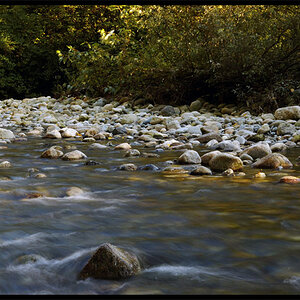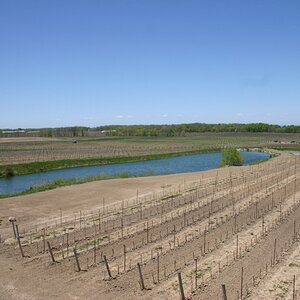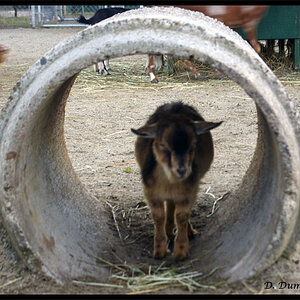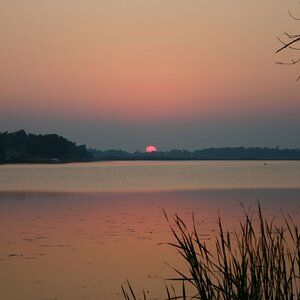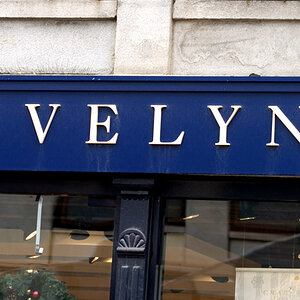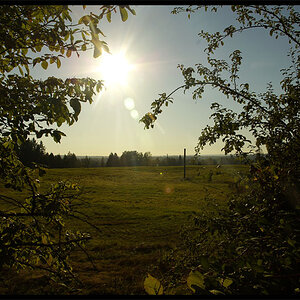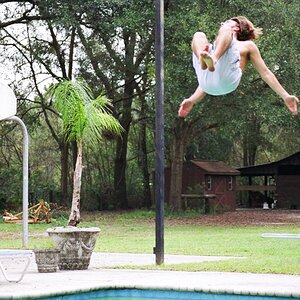djacobox372
No longer a newbie, moving up!
- Joined
- May 4, 2008
- Messages
- 2,925
- Reaction score
- 129
- Location
- Seattle, WA
- Website
- djacob372.deviantart.com
- Can others edit my Photos
- Photos NOT OK to edit
If you have used this lens and not seen the difference in quality between it and your kit lens... you need to get your eyes checked.



